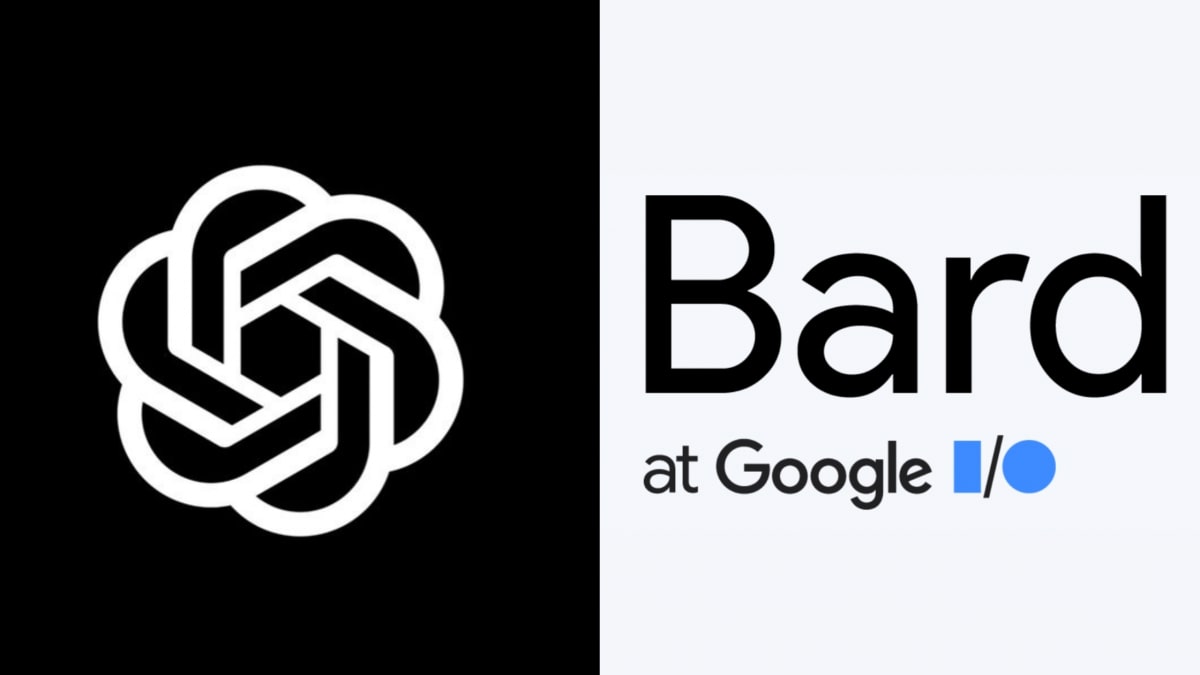
Bard vs ChatGPT 3.5 | Best Chatbot For Software Development
Oct 22, 2024 7 Min Read 2912 Views
(Last Updated)
Previously we discussed, how you can incorporate ChatGPT to improve your coding skills and make yourself more productive. We’re witnessing the hype behind ChatGPT in the last few months since OpenAI released it to the public. However, the battle of AI is now in full throttle as Google opened public experimental access to Bard, its new chatbot tool based on Natural Language Processing (NLP).
As of April 21st, 2023, Bard was updated from Google to help developers and students with programming and software development tasks, including code debugging, code generation, code completion, and explanation. In this article, we’re pitching both chatbots: Bard vs ChatGPT against each other to see who is at the forefront of software development.
While we’ve perfected the art of creating prompts to get the best response from ChatGPT in the past few months, we’re still trying to spin off BARD and its capabilities. Like ChatGPT, you can use Google’s BARD to create posts, get your queries answered, and solve math and coding problems.
Table of contents
- The Key Difference Between Bard vs ChatGPT - NLP Capabilities
- Training Approach
- Contextual Understanding
- Key Differences in NLP and Other Features of ChatGPT and Bard
- Round 1: Bard Vs ChatGPT for code generation
- Bard has contextual limitations
- Contextually, ChatGPT takes a win.
- Round 2: Bard Vs ChatGPT for code edit/completion
- Round 3: Bard Vs ChatGPT for code refactoring
- Round 4: Bard vs ChatGPT for Code Debugging
- In Closing
- FAQs
- Can I rely solely on chatbots like Bard or ChatGPT for software development tasks?
- How do I choose between Bard and ChatGPT for my software development needs?
- How will AI technologies revolutionize software development?
The Key Difference Between Bard vs ChatGPT – NLP Capabilities
Bard and ChatGPT are powerful natural language processing (NLP) models, but they have some crucial differences that make them unique.
Before moving forward, make sure you understand the basics of Artificial Intelligence & Machine Learning, including algorithms, data analysis, and model training. If you want to learn more, join GUVI’s AI & Machine Learning Courses with job placement assistance. You’ll discover important tools like TensorFlow, PyTorch, scikit-learn, and others. Plus, you’ll work on real projects to gain practical experience and improve your skills in this fast-growing field.
Google Bard utilizes Google’s proprietary LaMDA language model, whereas ChatGPT is powered by its own GPT-3.5 model. While GPT can understand & generate a wide range of text responses for multiple purposes, LaMDA was designed specifically to have more open-ended and neutral conversations with users.
ChatGPT’s training data is based on slightly older information, limited to data collected prior to 2022 in its current GPT3 model. In contrast, Google Bard is built on more up-to-date data, reflecting recent times.
Although ChatGPT 4.0 has made vast improvements to its AI model with its ability to parse image and coding response, OpenAI has made it clear that technology lacks knowledge of events that occurred before its data set cuts off (September 2021) and does not learn from its experience.
Further, we will explore these differences, focusing on NLP capabilities and other key factors. To help you compare them easily, we have summarized the key differences in a reader-friendly table below.
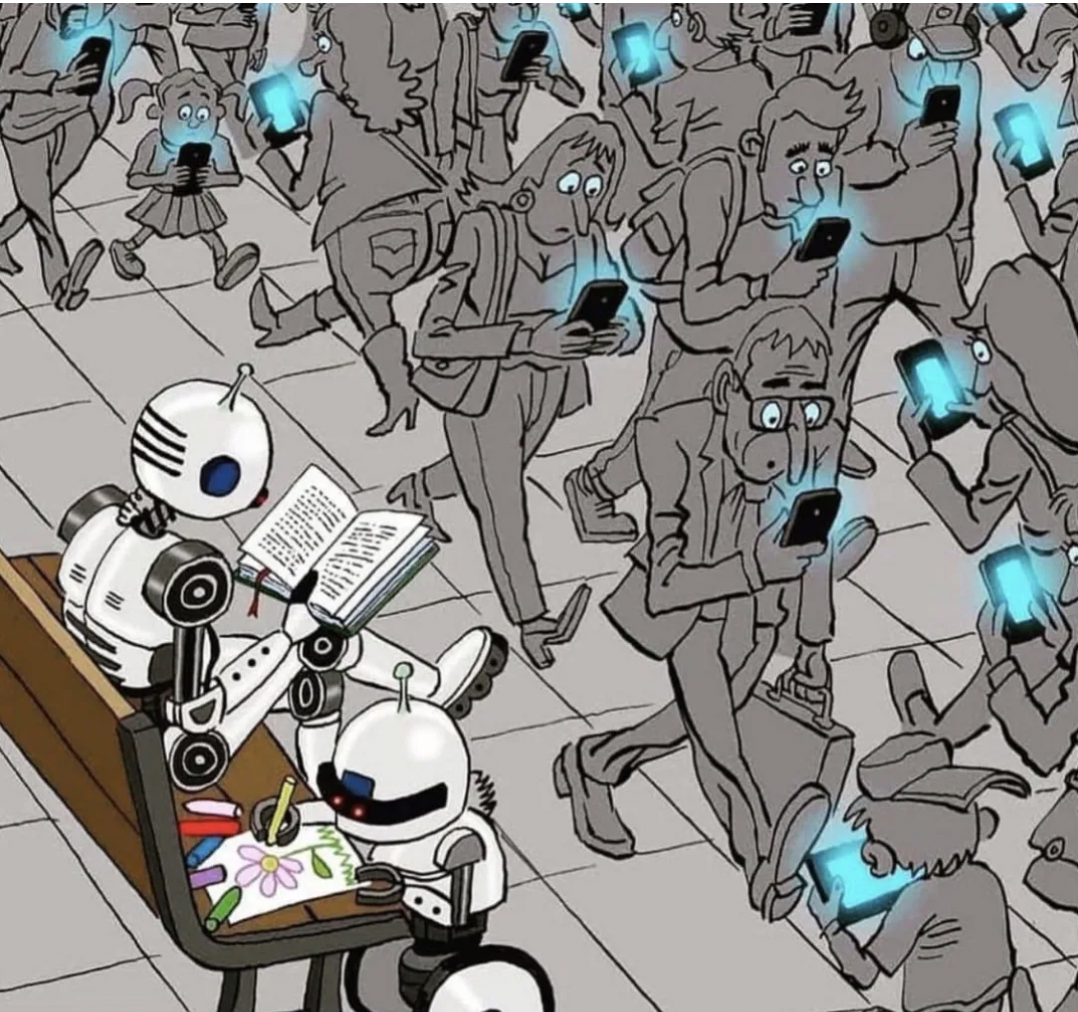
Courtesy: encherespubliques
Training Approach
Bard: Bard utilizes a hybrid approach, combining rule-based systems with machine learning techniques to understand and respond to user queries. It has a predefined set of patterns and rules designed for software development-related conversations.
ChatGPT: ChatGPT is a deep learning-based model that learns from a vast amount of text data. It excels at generating human-like responses and can handle various topics, including software development.
Contextual Understanding
Bard: Bard focuses on contextual understanding within the domain of software development. It can accurately interpret technical jargon and context-specific queries related to programming languages, frameworks, and software engineering concepts.
ChatGPT: ChatGPT has a broader contextual understanding and can generate responses on various subjects, including software development. However, it may not have the same level of domain-specific knowledge as Bard.
Key Differences in NLP and Other Features of ChatGPT and Bard
| Criteria | Bard | ChatGPT |
|---|---|---|
| NLP Training Approach | Hybrid (rule-based + ML) | Deep learning |
| Contextual Understanding | Focused on software dev | Broad, but less domain-specific |
| Programming Assistance | Specialized in software dev | General support |
| Customizability | Limited | More customizable |
| Deployment | On-premises or cloud | Cloud-based |
| Pricing | Free (Experimental Mode) | Usage-based |
Please note that the table provides a high-level overview, and further research is encouraged to make an informed decision based on your specific requirements and preferences.
Round 1: Bard Vs ChatGPT for code generation
Now let’s try and pitch both Bard and ChatGPT for a sample code generation in JavaScript. For this scenario, we asked both chatbots to write a simple URL shortener script in JavaScript that takes a long URL as input and returns a shorthand URL.
Both BARD and ChatGPT were able to come up with the response.
Bard has contextual limitations
Bard was able to understand the context and but it tried to incorporate a library database rather than hitting us with an example. Bard provided us with three alternate drafts, but each of them required a real-world database to connect to.
For the first alternate draft, Bard came up with this result:
function shortenUrl(longUrl) {
// Generate a random string for the short URL.
const shortUrl = Math.random().toString(36).substring(7);
// Check if the short URL already exists.
const db = new Database();
const existingUrl = db.getUrl(shortUrl);
// If the short URL does not exist, add it to the database.
if (!existingUrl) {
db.addUrl(shortUrl, longUrl);
}
// Return the short URL.
return shortUrl;
}Followed up by this disclaimer…
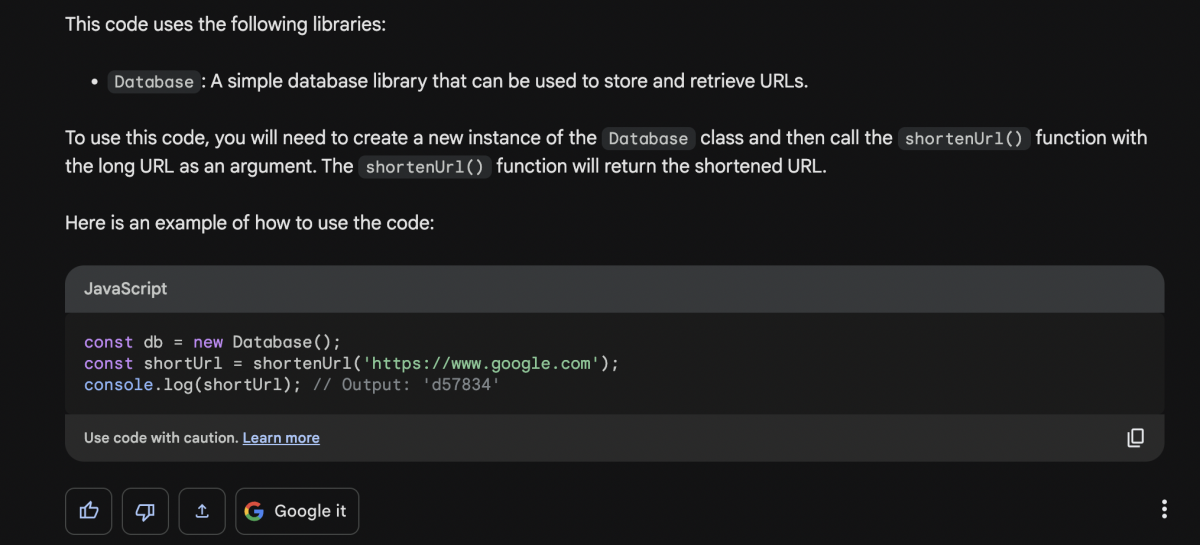
The above response panders to the more specialized software development, the chatbot tried to include server-side components for storing the mapping between short and long URLs. Bard clearly failed to understand the crux of our problem statement. The result was undefined when we tried the following code in Google Chrome’s Console feature.
Contextually, ChatGPT takes a win.
Now when we asked ChatGPT about the same problem, it came up with an example of a simple URL shortener in JavaScript that ran smoothly with Google Console.
// Function to generate a random string of specified length
function generateRandomString(length) {
let result = '';
const characters = 'ABCDEFGHIJKLMNOPQRSTUVWXYZabcdefghijklmnopqrstuvwxyz0123456789';
const charactersLength = characters.length;
for (let i = 0; i < length; i++) {
result += characters.charAt(Math.floor(Math.random() * charactersLength));
}
return result;
}
// Function to shorten the URL
function shortenURL(longURL) {
const baseURL = 'https://guvi.com/'; // Replace with your desired base URL
const shortCodeLength = 6; // Length of the generated short code
// Generate a random short code
const shortCode = generateRandomString(shortCodeLength);
// Create the shortened URL
const shortURL = baseURL + shortCode;
return shortURL;
}
// Usage example
const longURL = 'https://www.guvi.com/very/long/url/to/be/shortened';
const shortenedURL = shortenURL(longURL);
console.log('Shortened URL:', shortenedURL);In this example, the generateRandomString function generates a random string of specified length using alphanumeric characters. The shortenURL function takes a long URL as input, generates a random short code, and appends it to the base URL to create the shortened URL. Finally, the shortenedURL variable stores the result of calling shortenURL with a long URL, and it is printed to the console.
When we tried the above code in the console, it provided us with the desired result of a shortened URL.
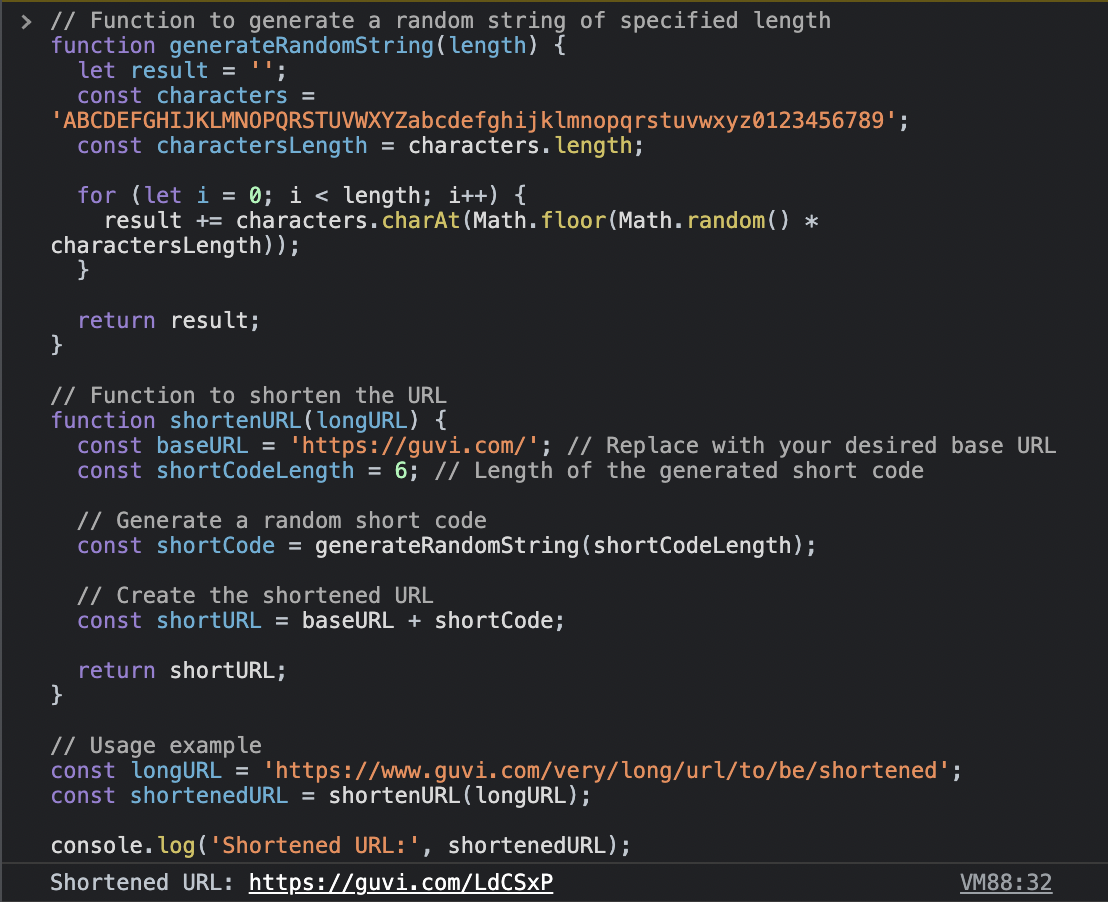
However, ChatGPT clearly mentioned that the above example is strictly for demonstration only, and does not include server-side components for storing the mapping between short and long URLs. In a real-world scenario, one would need a server to handle the shortening process and store the mapping in a database or another persistent storage mechanism, which BARD was trying to incorporate.
How to create your own chatbot using AI & ML?
Round 2: Bard Vs ChatGPT for code edit/completion
Next, we’re going to get more specific and ask both the chatbots to edit the code and complete it on our behalf for us. To perform such a stunt, we’re going to ask both the chatbots to Implement a caching mechanism to optimize the performance of a function that computes Fibonacci numbers recursively. To make it more interesting, we will also provide that the caching mechanism should store the previously computed Fibonacci numbers to avoid redundant calculations and improve the overall execution time.
Our initial code snippet in Python reads:
fib_cache = {}
def fibonacci(n):
if n in fib_cache:
return fib_cache[n]
Both the chatbots completed the above code and offered exactly the same caching mechanism that optimizes the performances.
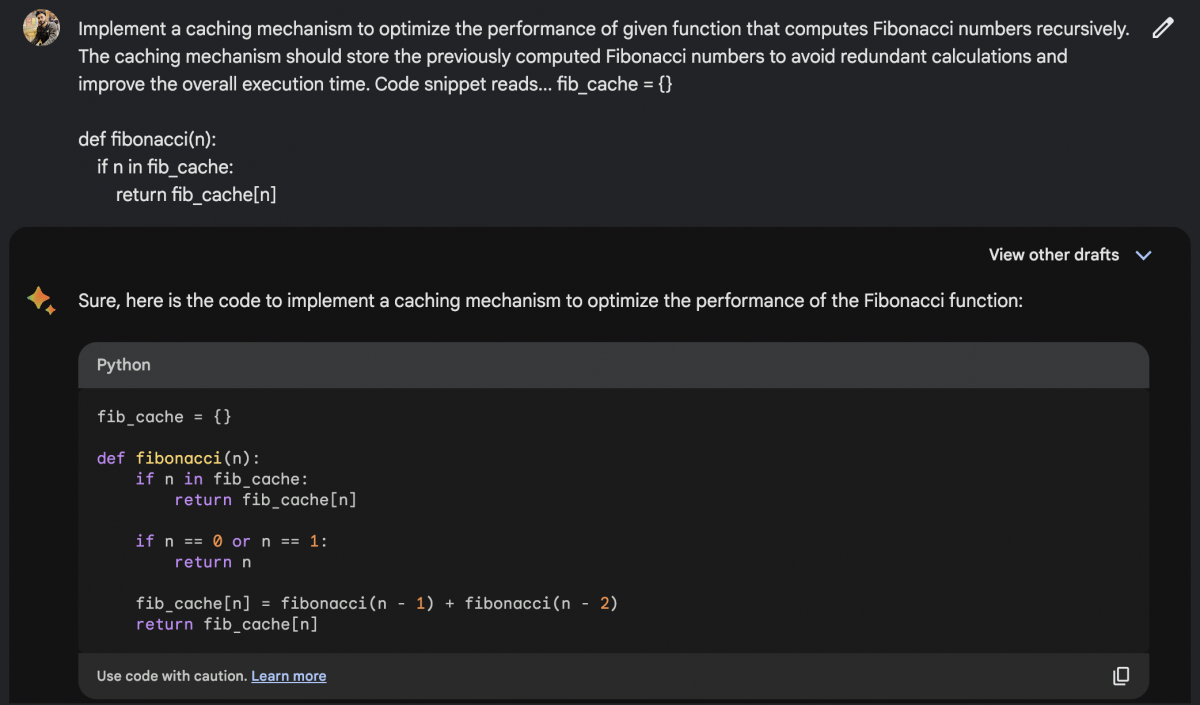
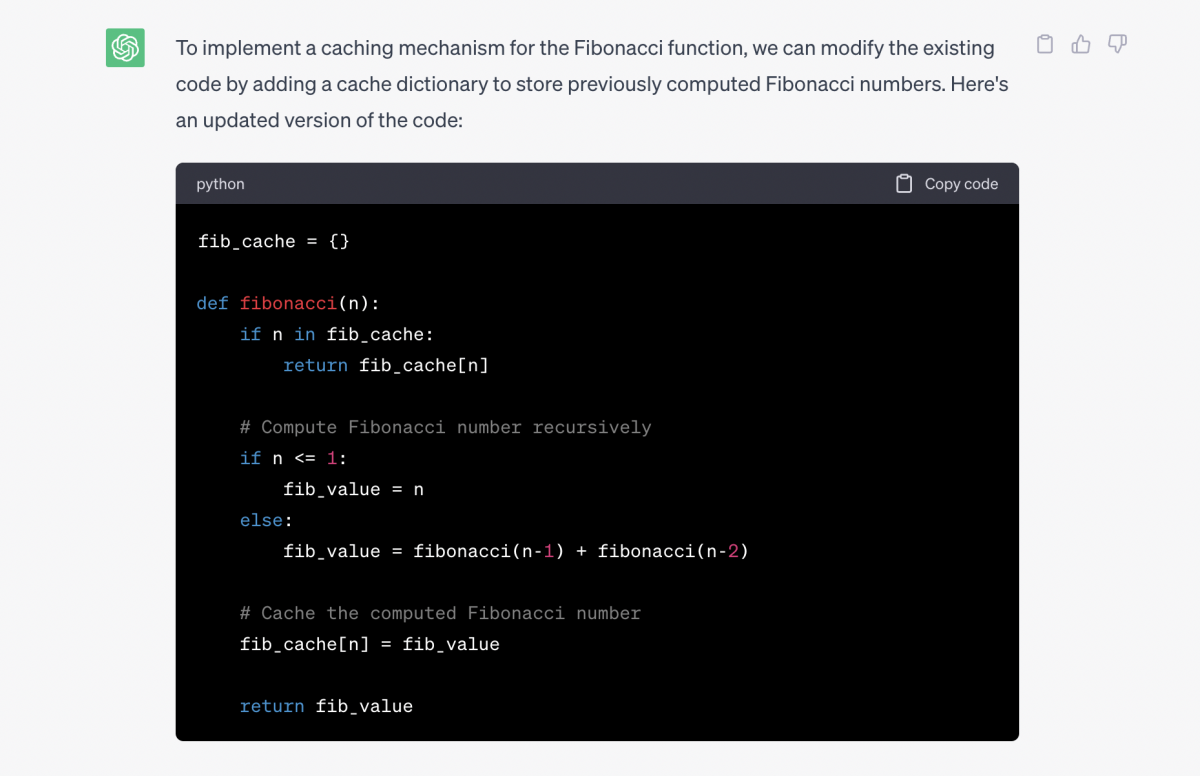
Both the chatbots explained to us the step-by-step functioning of the code & how the fib_cache dictionary is used to store Fibonacci numbers as they are computed. Also, when the fibonacci function is called, it first checks if the desired Fibonacci number n is already in the cache. If it is, the cached value is returned immediately, avoiding redundant calculations. Otherwise, the Fibonacci number is computed recursively, and the result is stored in the cache before returning it.
However, Bard was succinct and on point.
To make things more interesting, Bard took the liberty and offered us additional code to demonstrate the total execution time for the Fibonacci function for different values of n.
import timeit
def main():
n = 1000
fib_cache = {}
start = timeit.default_timer()
fibonacci(n)
end = timeit.default_timer()
print("Without caching:", end - start)
start = timeit.default_timer()
fibonacci(n)
end = timeit.default_timer()
print("With caching:", end - start)
if __name__ == "__main__":
main()The code prints the above output.
Without caching: 1.4648689270020142
With caching: 0.00012683868408203125Both the chatbots took the same amount of time to generate this response, however, Bard was a little faster. For code editing/completion, our verdict goes to Bard.
Round 3: Bard Vs ChatGPT for code refactoring
Refactoring code is an essential task in software development that involves restructuring existing code to improve its readability, maintainability, and efficiency. Both Bard and ChatGPT can be valuable resources for assisting coders in this process. In this section, we will explore how ChatGPT & Bard can help coders refactor their code and remove redundancy through an example scenario.
We’ll use the following code snippet, and ask both the chatbots to analyze and refactor it to calculate the total price of items in a shopping list. We are going to ask both chatbots to restructure the redundant code and improve its efficiency.
def calculate_total_price(items):
total = 0
for item in items:
price = get_item_price(item)
total += price
return total
def get_item_price(item):
# Some code to fetch the price from a database or API
return priceHere’s the response we generated using Bard & ChatGPT respectively.
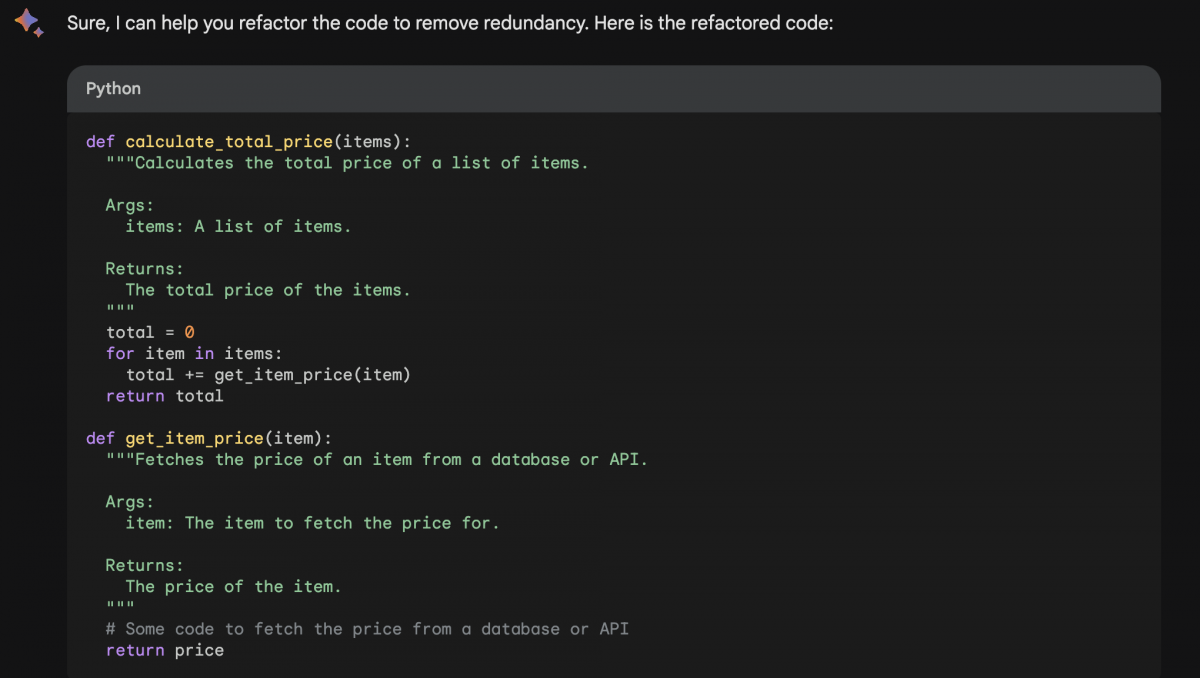
Both the chatbots explained to us that the original code had two functions, calculate_total_price and get_item_price. The calculate_total_price function called the get_item_price function for each item in the list. This meant that the code to fetch the price of an item was duplicated in both functions.
The refactored code removes the redundancy by moving the code to fetch the price of an item to a separate function called get_item_price. This function is now only called once, from the calculate_total_price function. This makes the code more readable and maintainable.
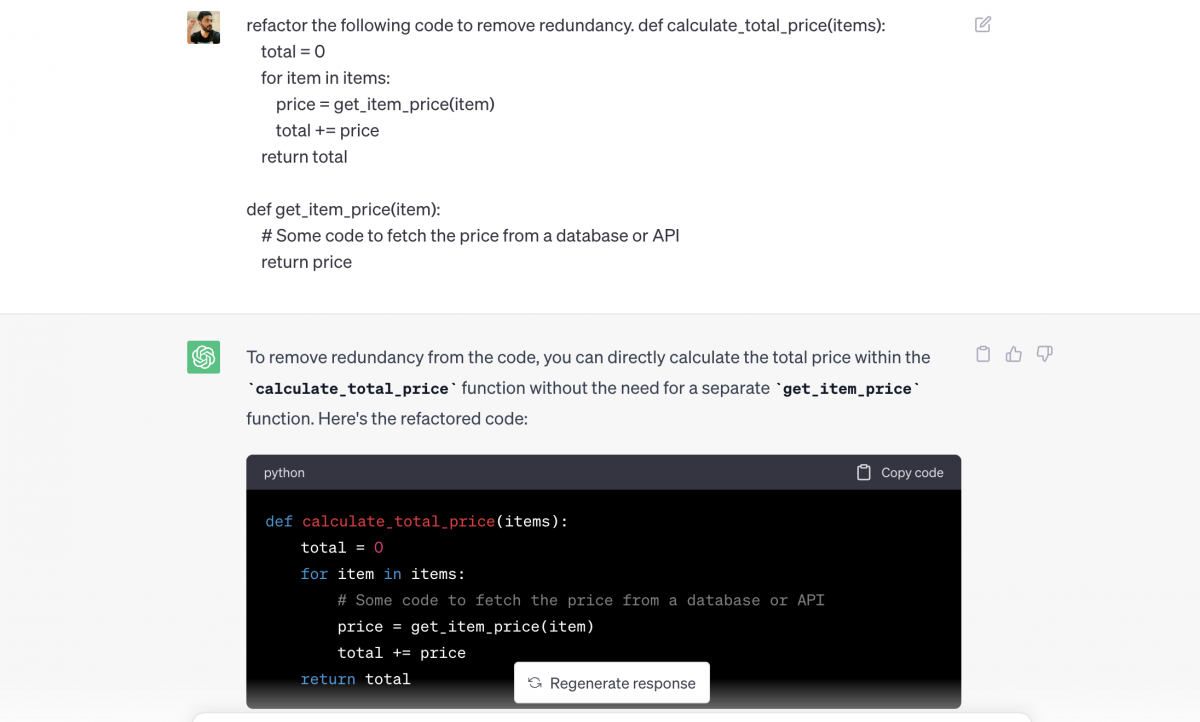
ChatGPT gets even a step further and introduced us to further improve efficiency via utilizing built-in functions like sum(), and list comprehension to simplify the code.
Here’s the more optimized version for the above code.
def calculate_total_price(items):
return sum(get_item_price(item) for item in items)Bard was better at the in-line explanation for the code, however ChatGPT bags this round with a more optimized version of the code snippet.
Round 4: Bard vs ChatGPT for Code Debugging
Code debugging is a critical aspect of software development that involves identifying and fixing issues or errors in code. Bard and ChatGPT can both be valuable resources for assisting developers in the debugging process. However, they differ in their approaches and capabilities. In this section, we will explore how Bard and ChatGPT can help identify, isolate, understand, and utilize debugging tools to fix code issues, followed by an example scenario.
In this case, we’re experiencing a “NullPointerException” in our code and need assistance in debugging it. Here’s the code snippet.
public class MyClass {
private String name;
public MyClass(String name) {
this.name = name;
}
public void displayLength() {
int length = name.length();
System.out.println("The length of the name is: " + length);
}
}
public class Main {
public static void main(String[] args) {
MyClass obj = null;
obj.displayLength();
}
}When we asked ChatGPT about this problem, it created the following response… followed up by a fixed code snippet.
There are a couple of issues with the provided code:
- In the
Mainclass, you are creating an instance ofMyClassnamedobjand setting it tonull. When you try to call thedisplayLength()method onobj, aNullPointerExceptionwill be thrown because you are trying to invoke a method on a null object reference. To fix this, you need to create a valid instance ofMyClass. - You haven’t provided the necessary closing braces for the
MyClassandMainclasses.
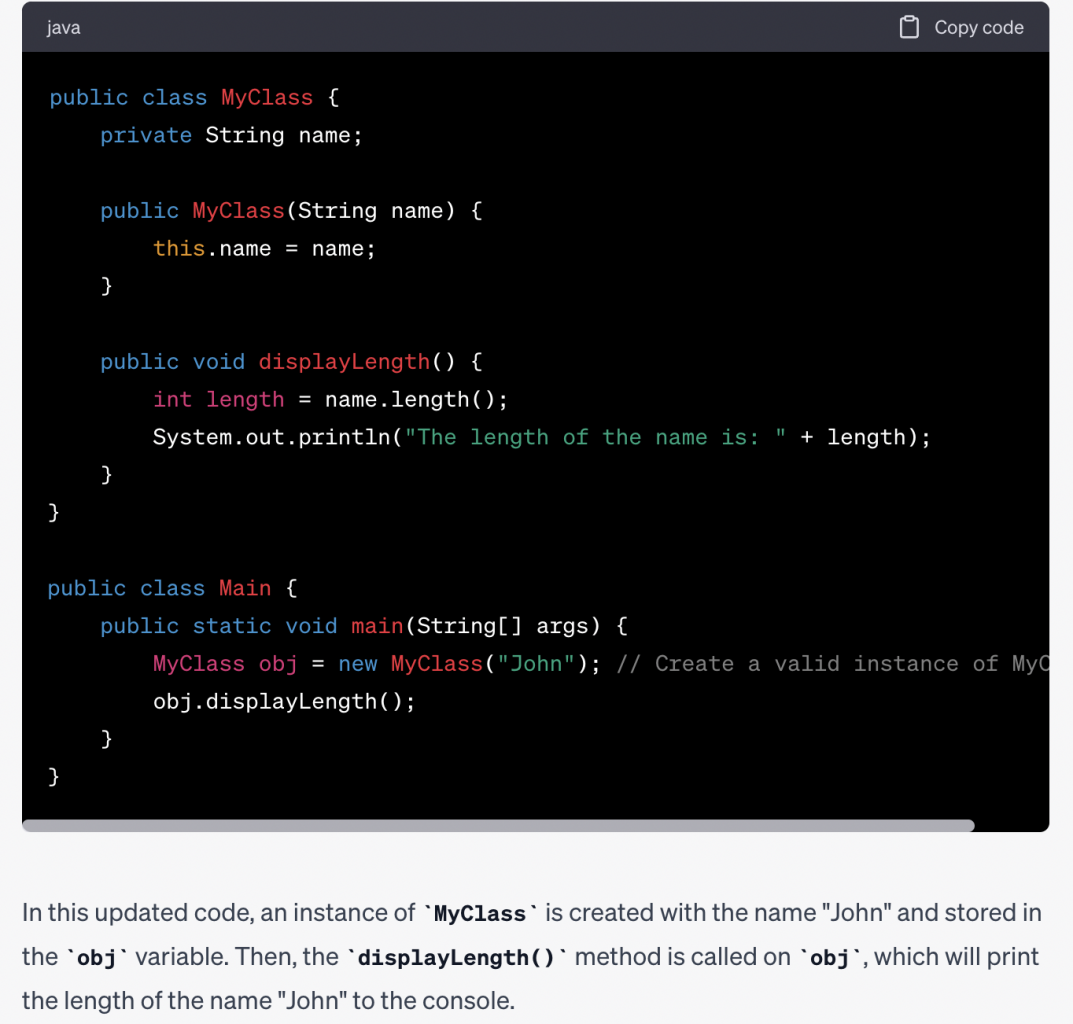
Bard also offered us the same result. The only difference between both of them is that, instead of the placeholder name “John Doe” Bard narcissistically picked its own name while initializing the instance of “MyClass”. Quirky.
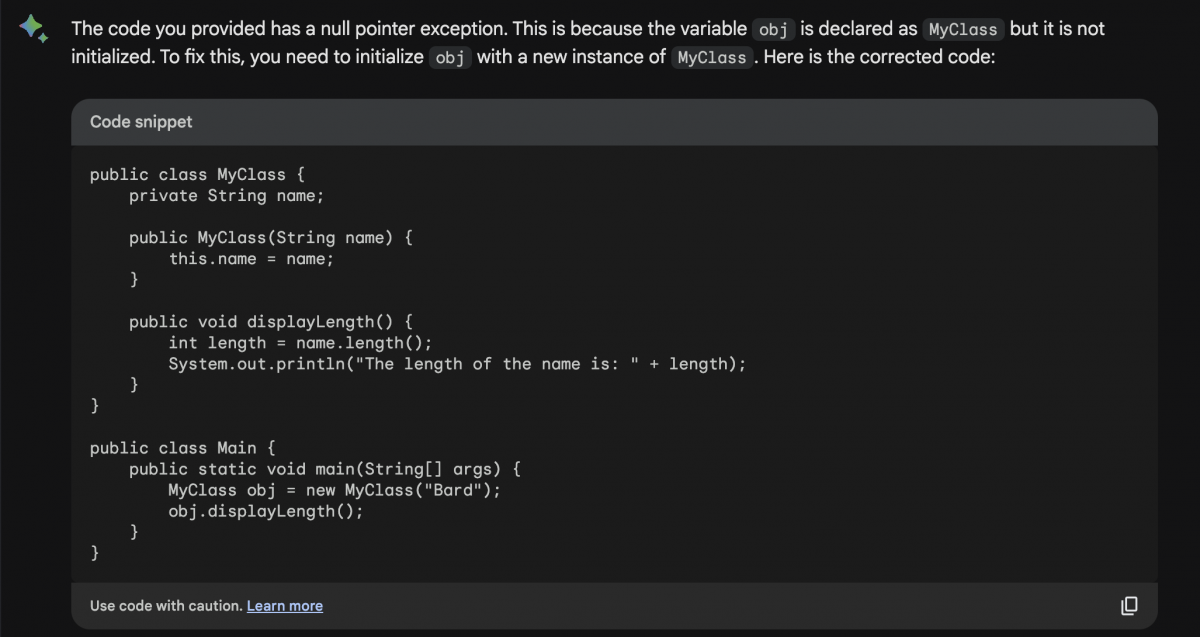
Both the Chatbots were able to identify and mitigate the error. Although ChatGPT was humane & better at explanation. This round draws out.
Begin your Artificial Intelligence & Machine Learning journey with GUVI’s Artificial Intelligence & Machine Learning Courses. Learn essential technologies like Matplotlib, Pandas, SQL, NLP, and deep learning while working on real-world projects.
In Closing
In the comparison between Bard vs ChatGPT for software development tasks such as code generation, editing, completion refactoring code, and debugging, it’s evident that both chatbots offer valuable assistance. Bard, powered by Google’s LaMDA language model, and ChatGPT, based on the GPT-3.5 model, showcase their capabilities in different ways. Bard benefits from Google’s recent data, while ChatGPT’s data is restricted to pre-2022.
Ultimately, the choice between Bard and ChatGPT, or any other chatbot, comes down to personal preference and specific project requirements. Users should consider factors such as the chatbot’s capabilities, ease of integration, and the level of expertise required. It is essential to assess the strengths and limitations of each chatbot and determine which aligns best with individual needs and objectives. Bard is still in its experimental phase, while ChatGPT has blossomed to become the most viral phenomenon after the internet.
Looking beyond the comparison, AI technologies, including chatbots, are poised to revolutionize and boost productivity in software development. With the ability to analyze code, provide suggestions, and assist in debugging, AI-powered chatbots enhance developers’ efficiency and effectiveness. They act as valuable virtual teammates, offering support throughout the development process.
AI technologies are continuously evolving, and we can anticipate further advancements in natural language processing (NLP) and code understanding. As these technologies improve, chatbots will become even more adept at assisting developers in complex tasks, such as code optimization, security analysis, and performance tuning. The combination of human expertise and AI-powered tools holds immense potential to accelerate software development processes and drive innovation.
FAQs
Can I rely solely on chatbots like Bard or ChatGPT for software development tasks?
While chatbots can be valuable assistants, they should not replace human expertise. Chatbots provide suggestions and guidance, but it’s crucial to review and test their recommendations thoroughly. Human judgment and understanding are still essential in making informed decisions and ensuring code quality.
How do I choose between Bard and ChatGPT for my software development needs?
The choice between Bard and ChatGPT, or any other chatbot, depends on personal preference and project requirements. Consider factors like the chatbot’s capabilities, ease of integration, and the specific expertise required. It’s recommended to try out both chatbots and evaluate their performance and suitability for your tasks.
How will AI technologies revolutionize software development?
AI technologies, including chatbots, have the potential to revolutionize software development by enhancing productivity and code quality. They can analyze code, provide suggestions, and assist in debugging, ultimately accelerating the development process. As AI continues to advance, we can expect further advancements in NLP and code understanding, leading to more sophisticated AI-powered tools and increased collaboration between humans and AI in software development.

















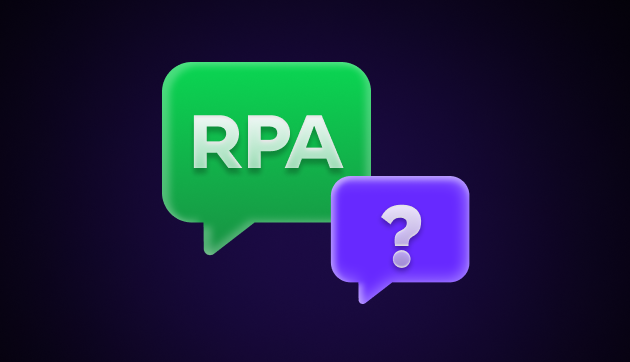
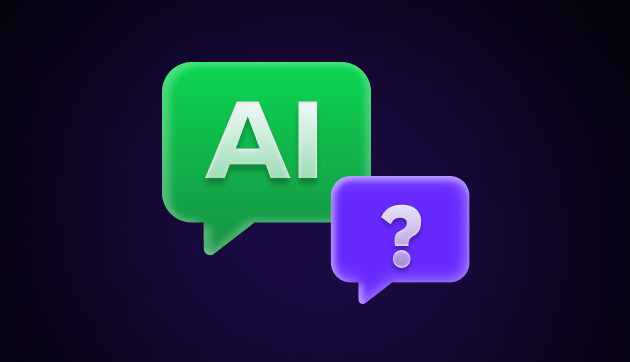
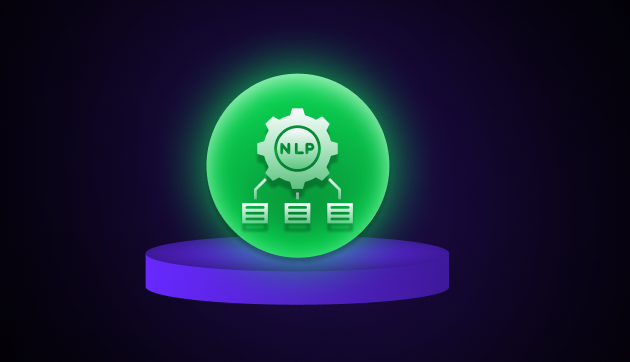
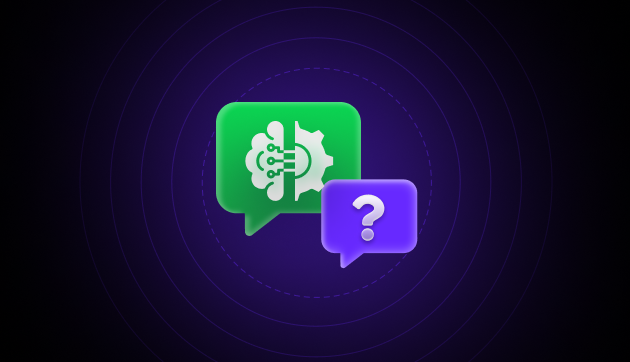

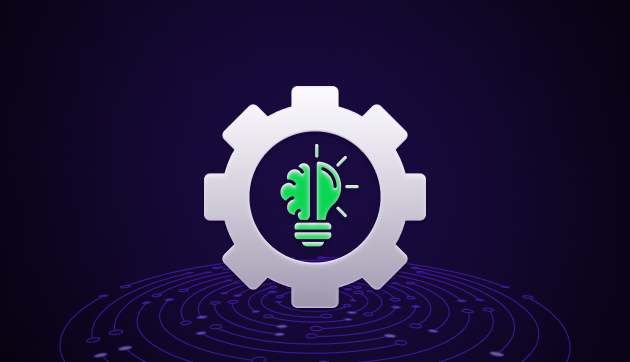
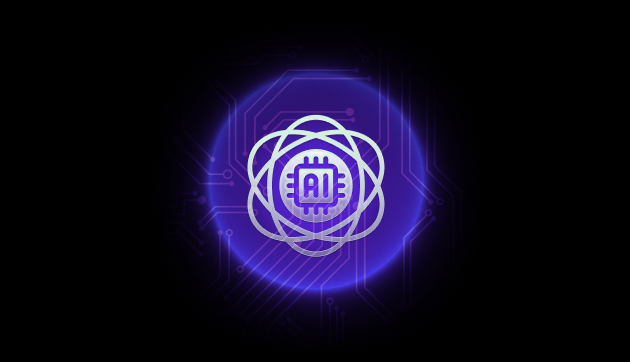

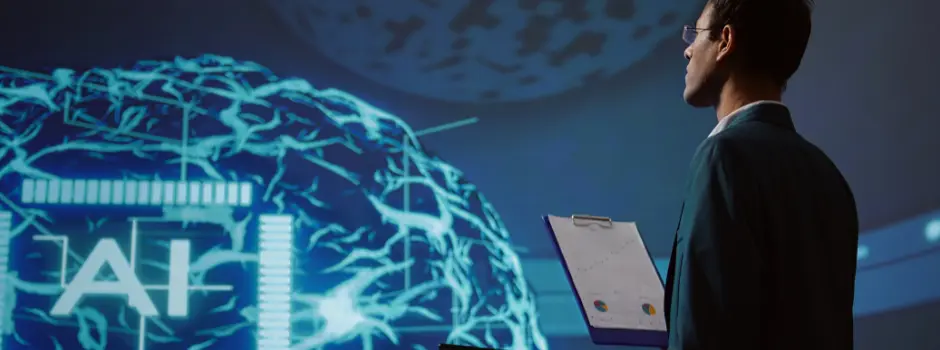
Did you enjoy this article?